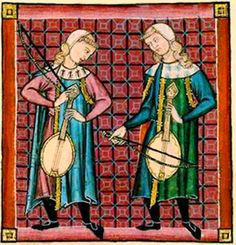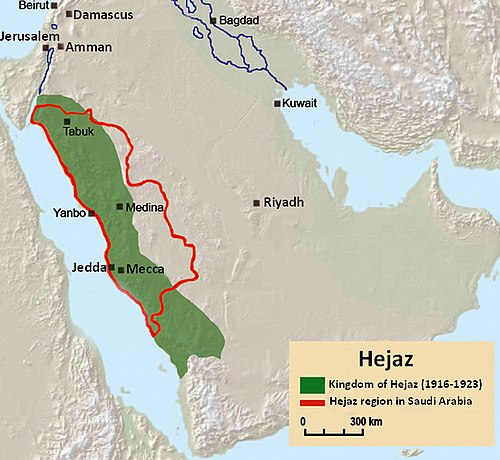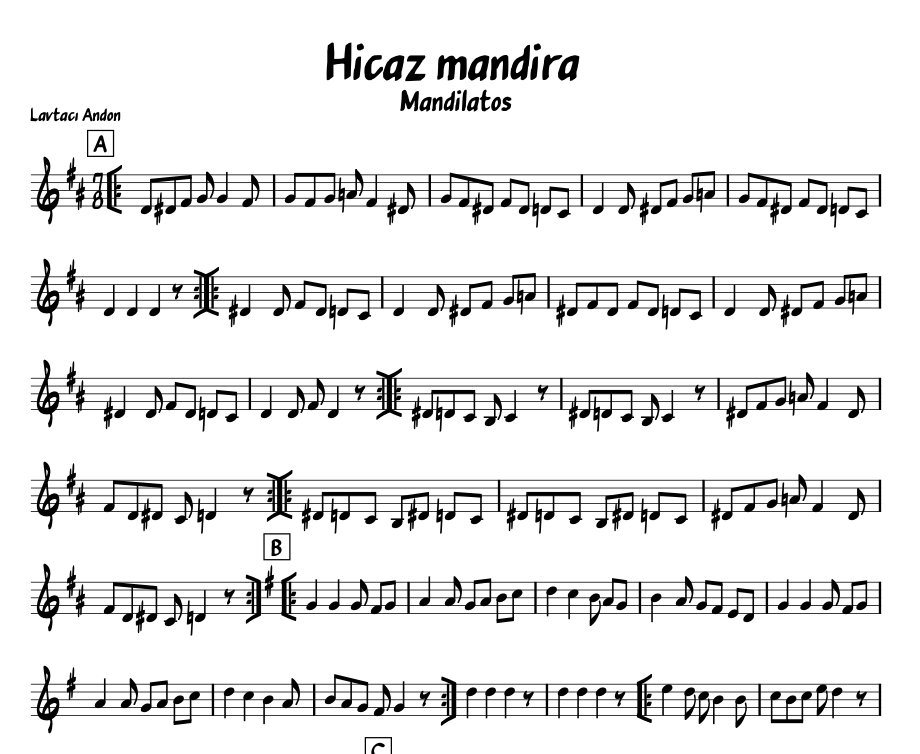Music from Arabia, the foundation of Western music.
We are not familiar with Middle Eastern Arabic music.
However, it is widely believed that the roots of many of the instruments we hear so often in the West, such as the guitar, violin, and cello
Many of the instruments that we hear so much about, such as the guitar, violin, and cello, have their roots in the Middle East.
The fact that urban civilizations such as Mesopotamia and Egypt were created earlier than any other region in the world makes sense, doesn’t it?

Today we will look at the mode (melody) Makam Hijaz, based on the typical Arabic scale.
Let’s take a look at the mode (melody) Maqam Hijaz.
According to Tumata, an organization that studies music therapy in Turkey, this is how it is described.
Reflects the special qualities of fire. Has a connection with Jupiter. The effect is enhanced in the evening and morning. Beneficial in dry and cold related diseases. Has curative effect on bone, brain and children’s diseases. Excessive influence on urogenital system and kidneys. Induces modesty. Increases low pulse rate. The chest is also an area of influence. One of the oldest tones. closely related to Zengule and Zirgule Tonality. the name Hicaz (Hidjaz) comes from a region in Arabia. Sign: Sagittarius Group Fire.
Maqam tonality
- Mode of fire
- Effective in the afternoon
- Originated from the Hijaz region of the Arabian Peninsula

In spite of its Arabic origin
Let’s take a look at the actual performance of the Hijaz mode, which is actually quite popular in Greece as well.
This is a performance using Western instruments such as the ancient lute.
It may be rather easy to listen to.
It is attributed to Lavta Andon, a musician of the early 20th century, but other sources attribute it to the Ottoman Caliph Sultan Abdulaziz.
In any case, we can confirm that the music is more than 100 years old.
This is the Arabic scale, which is expressed in the Western musical scale, but you can see how the notes are used in a way that is not common in Western music.
Maqam in not only the Scale
I’d like to add a few things.
A macaroon (melody) is not a scale (musical scale).
It’s about the mechanics behind the melody while using the scale.
It’s not just a scale, but also the pattern of the notes going up and down.
In other words, it’s not just a scale, but a technique for playing music in its entirety, including the patterns of how the notes go up and down.
ほんとにアラビア音階は気持ち悪いの?
The sound source you just heard
Western scale.
The Arabic scale contains microtones.
There are also half semitones (quarter tones) in the Arabic scale, which are not found in our familiar piano and guitar sounds.
There is also a half of a semitone (a quarter) that we are familiar with.
If you have been educated in Western music, you may feel uncomfortable.
Perhaps the more well educated you are in Western music, the more uncomfortable you may feel.
This one.
Performed by the Greeks
Hicaz Mandira
The first half of the video is played with the folk song Apano stin from northern Greece.
The second half of the video is a really exciting performance.
Both are in 7 beats, which is common in the music of Thrace in northern Greece.
7 beats. For your information
My score
Hicaz Manrira’s score is also attached for your reference.
Please use it for free .

